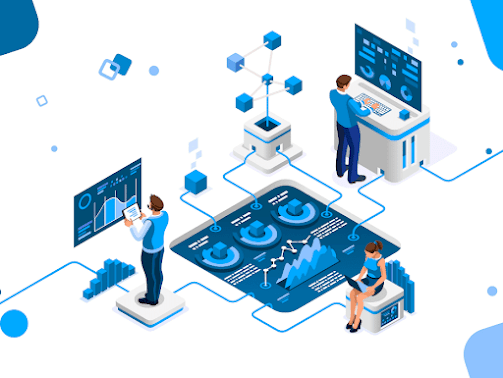Advanced Architecture for Dynamic Multiplayer Game Design

Introduction The surge in digital multiplayer entertainment has sparked a demand for advanced, secure, and scalable game architectures . Teen Patti-inspired platforms, when developed responsibly, offer interactive, strategy-based experiences that engage users and encourage learning. Buy best Teen Patti source code enables developers to build customizable, high-performance multiplayer games without starting from scratch. Modern source code emphasizes modular design, real-time interactions, and ethical gameplay , making it ideal for educational, recreational, or community-focused platforms. This blog explores the benefits of using top-tier Teen Patti source code, the features to look for, and best practices for developing dynamic multiplayer games. Why Choose Advanced Teen Patti Source Code? Source code is the foundation for any software platform. Choosing the best Teen Patti source code allows developers to: Build Scalable Systems – Support multiple concurrent u...




Comments
Post a Comment